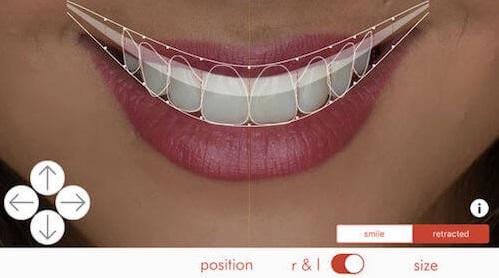Life for people with braces is a lot easier than it was a couple of decades ago. Advances in dental equipment and techniques have allowed dentists to provide state-of-the-art treatment options for a better experience for you. Here are the five latest technological trends you don’t know about - but should.
3-D Imaging with CBCT scanning
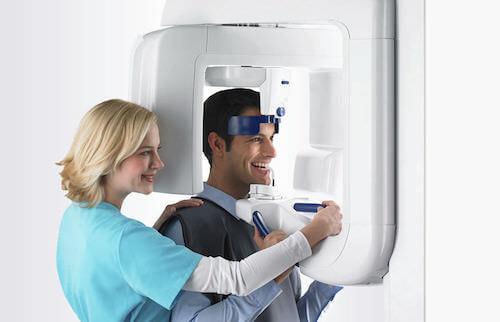
Traditional dental X-rays are fairly limited in their ability to examine your dental structure. But cone beam CT scanners (CBCTs) allow your orthodontist to view three-dimensional images of your skull, jaw and oral bone structure. CBCT scans will provide clear, in-depth images that can be manipulated and viewed from pretty much any angle or direction. That makes it easier to identify the symptoms behind your dental problem, helping your orthodontist to reach an accurate diagnosis and suggest the best kind of brace for the fastest solution.
Temporary anchorage devices (TADs)
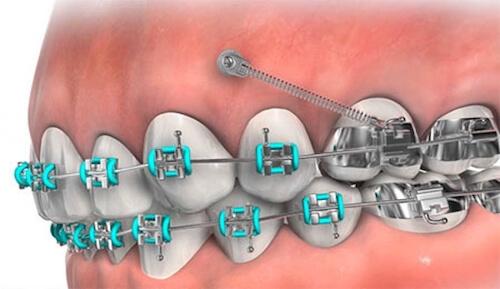
TADs are surgical-grade titanium mini-screws. Typically, they’ve been used for oral surgery but orthodontists have discovered new ways to use them to help you. They allow more control of the movement of teeth in your mouth, providing your jaw bone with a firm and secure anchor for your teeth, reducing unwanted movement. They either act as a supplement to your braces but, with their help, you may not need braces at all. They’re also easy to apply – you’ll just require a small amount of topical anesthetic applied to the gingiva.
Self-ligating, clear and invisible braces
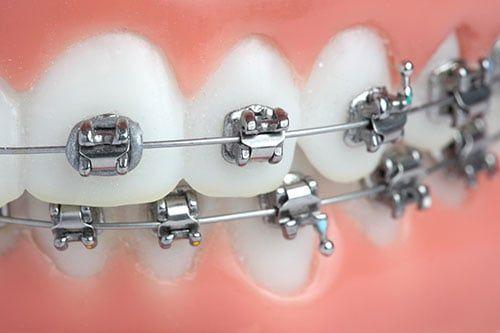
Traditional brackets and ligatures, that older models of braces have, need a lot of force to move your teeth into place. This causes a certain amount of discomfort or pain – also, they’re not particularly discreet either. But modern treatments like self-ligating systems ensure that your teeth are straightened without the use of prominent elastic bands. They have influenced traditional metal braces as well, making them sleeker and more comfortable than they were in your parents’ time.
Customized smile design systems
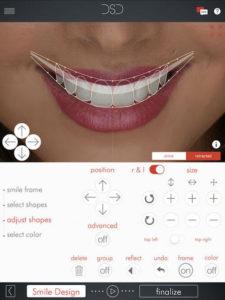
Every smile is perfect but that’s no reason to dismiss this fast-growing trend. Customised smile design systems use 3-D planning software to create a custom smile for each and every patient with their individual facial and dental features acting as a guide. It also makes it possible for patients to see what their smile will look like after their braces come off. This basically means you get a sneak preview into how different braces will affect your smile in the future. By creating three-dimensional models of your dental structure, your orthodontist will be able to customize your wires and brackets based on your individual specific needs and wants.
Propel

PROPEL is a non-invasive orthodontic technology that basically speeds up your treatment without affecting the end result. It stimulates the bone structure around your teeth, shifting them into their ideal position both quickly and easily. It sounds painful but it’s not. It also ensures that your braces will come off in months, instead of years.
